Description
Swordfish is a large predatory fish that many people around the world consume. Its characteristic feature is a sword-like bill, which is where its name comes from. It’s also one of the fastest known fish in the ocean.
Swordfish get their scientific name from the words for ‘sword’ in Greek and Latin, which is appropriate given their flat bill that resembles a long blade. They resemble other billfish species like marlin and sailfish, swordfish are the only members of the Xiphiidae family.
Swordfish is an important food and game fish with a stout, rounded body and large eyes. Their first dorsal (back) fin is tall and crescent-shaped. Their second dorsal fin is much smaller.
Swordfish (Xiphias gladius), also known as broadbills in some countries. They are a popular sport fish of the billfish category, though elusive. Good food fish, marketed fresh or frozen, and can be made into sashimi, teriyaki or fillets.
Size facts:
Swordfish commonly reach 10 ft in length, and the maximum reported is 14 ft 11 in in length and 1,430 lb in weight.
- Maturity: Lm 212.0, range 4.5 – 7.5 ft;
- Max length: 13.6 ft (male/unsexed);
- Common length: 9 feet;
- Max. published weight: 1430 lbs;
Where can Swordfish be found?
These fish are found widely in tropical and temperate parts of the Atlantic, Pacific, and Indian Oceans, and can typically be found from near the surface to a depth of 1,800 ft, and exceptionally up to depths of 7,328 ft.
Oceanic but sometimes found in coastal waters. Generally above the thermocline, preferring temperatures of 18°C to 22°C. Larvae are frequently encountered at temperatures above 24 °C (Ref. 9702). Migrate toward temperate or cold waters in the summer and back to warm waters in the fall. Adults are opportunistic feeders, known to forage for their food from the surface to the bottom over a wide depth range (Ref. 9702). Feed mainly on fishes (Atlantic mackerel, barracudinas, silver hake, redfish, herring and lanternfishes; also on crustaceans and squids (Ref. 9354). They use their sword to kill their prey (Ref. 9354). Large individuals may accumulate large percentages of mercury in its flesh. Are batch spawners (Ref. 51846). Spawning takes place in Atlantic during spring in southern Sargasso Sea. Migrate to cooler waters to feed. Females grow fastest. Determination of age is difficult since the otoliths are very small and scales are missing in adults.
How does Swordfish look like?
Swordfish have a long, flattened bill that looks like a sword, as their name implies and lose all teeth and scales by adulthood.
They have a stout, rounded body and large eyes. Their first dorsal (back) fin is tall and crescent-shaped and second dorsal fin is smaller.
Swordfish has a broad, crescent-shaped tail, their color is darkest on top, generally black or brown, and fades to a lighter color below.
They commonly reach 10 feet in length, and the maximum reported is 14 ft 11 in in length and 1,430 lbs in weight. The International Game Fish Association’s all-tackle angling record for a swordfish was a 1,182 lb specimen taken off Chile in 1953. Females are larger than males, and Pacific swordfish reach a greater size than northwest Atlantic and Mediterranean swordfish. They reach maturity at 4–5 years of age and the maximum age is believed to be at least 9 years. The oldest swordfish found in a recent study were a 16-year-old female and 12-year-old male. Swordfish ages are derived, with difficulty, from annual rings on fin rays rather than otoliths, since their otoliths are small in size.
Swordfish are ectothermic animals; however, along with some species of sharks, they have special organs next to their eyes to heat their eyes and brains. Temperatures of 18 to 27°F above the surrounding water temperature have been measured. The heating of the eyes greatly improves their vision, and consequently improves their ability to catch prey. Of the 25 000+ fish species, only 22 are known to have a mechanism to conserve heat. These include the swordfish, marlin, tuna, and some sharks.
How does Swordfish behave?
Swordfish live in the open ocean along temperate and tropical latitudes in the Atlantic, Pacific, and Indian Ocean. They tend to stay in waters that are between 64- and 72-degrees Fahrenheit and have the widest temperature range tolerance of any billfish species. They migrate seasonally to follow prey, moving to warmer waters in the hemispheric winter months and to cooler waters in the summer. This highly migratory fish species is often found where ocean currents meet and productivity is high.
Swordfish is a formidable predators for mackerel, hake, rockfish, herring, squid, and crustaceans. They are nocturnal hunters and use their bills to slash at their targets to stun and dismember them. Swordfish can reach speeds of 60 to 80 miles per hour when swimming at burst speeds, which makes them an intimidating and formidable predator. Adult swordfish have few predators of their own beyond humans and the occasional orca as a result. Juvenile swordfish are eaten more often by species like sharks, marlins, sailfishes, tuna, and mahi mahi.
In the Atlantic Ocean, spawning occurs in the upper water layer at depths between 0 and 250 ft, at temperatures around 73°F, and salinity of 33.8 to 37.4 ppt. The distribution of larval broadbill swordfish in the Pacific Ocean indicates that spawning occurs mainly in waters with a temperature of 24°C or more. Spawning appears to occur in all seasons in equatorial waters, but is restricted to spring and summer at higher latitudes. Fertilisation in broadbill swordfish is external and pairing of solitary males and females is thought to occur when spawning (Ref. 9742). Broadbill swordfish are reported to spawn in the upper layers of the water column, from the surface to a depth of 246 ft.
Swordfish is well developed at a length of 10mm and young live pelagically in the upper water layers where they quickly develop into very voracious predators. Analysis reveal that genetic differentiation occurs between populations inhabiting the Mediterranean Sea and the tropical Atlantic ocean, indicating little genetic exchange occurring between the two.
Swordfish: Health benefits
Swordfish is a guilt-free choice providing an excellent source of selenium, a micronutrient that offers important cancer-fighting and heart health benefits. It is protein-rich and loaded with niacin, vitamin B12, zinc and Omega-3. Best of all, it’s low in fat and calories.
Swordfish is also exceptionally high in selenium. This essential trace mineral is important for human health due to its role in thyroid and bone metabolism, immunity, heart health, and male fertility, among other functions.
It’s a great source of vitamin D, a key vitamin for bone health that has also proven beneficial for immunity, heart health, and asthma.
Additionally, swordfish is a fatty fish with high amounts of the omega-3 fatty acids eicosapentaenoic acid (EPA) and docosahexaenoic acid (DHA).
EPA and DHA are also essential and known to protect against heart and inflammatory diseases and help improve brain health.
A 3-ounce serving provides 764 mg of EPA and DHA combined. The 2015–2020 Dietary Guidelines for Americans recommend consuming an average of 250 mg per day. Thus, swordfish is a very rich source.
Highlights
- May lower risk factors for heart disease
- May reduce the risk of cancer
- May boost bone health
Swordfish: Culinary profile
Swordfish is a meaty fish that people usually cook and serve in a similar style to beef steak. Aside from grilling it, you can also boil, stew, or fry it.
Swordfish has a mildly sweet flavor and a moist, meaty texture with moderately high fat content. The flesh can range from white or ivory to pink or orange. The color variations do not reflect quality. All Swordfish turn beige in color after cooking.
Swordfish yelds a slightly sweet flavor and firm texture. You can prepare it with or without marinade. People often make oil-based marinades for it containing fresh herbs.
It’s usually cut into 1-inch fillets and grilled or cooked in the same way as a rare beef steak. Though people often discard the skin due to its rubbery texture, you may want to keep it on during cooking and then discard it afterward to help make the fish juicier.
Other common cooking methods include boiling and stewing. The firm texture of swordfish prevents it from flaking or breaking apart.
Swordfish videos
Nutritional facts
- Serving size:3 oz
- Calories: 146 kcal
- Carbohydrates: 0.00 g
- Total fat: 6.7 grams
- Protein: 19 grams
- Vitamin D: 71% od the DV
- Potassium: 9% od the DV
- Magnesium: 7% od the DV
- Selenium: 106% mg
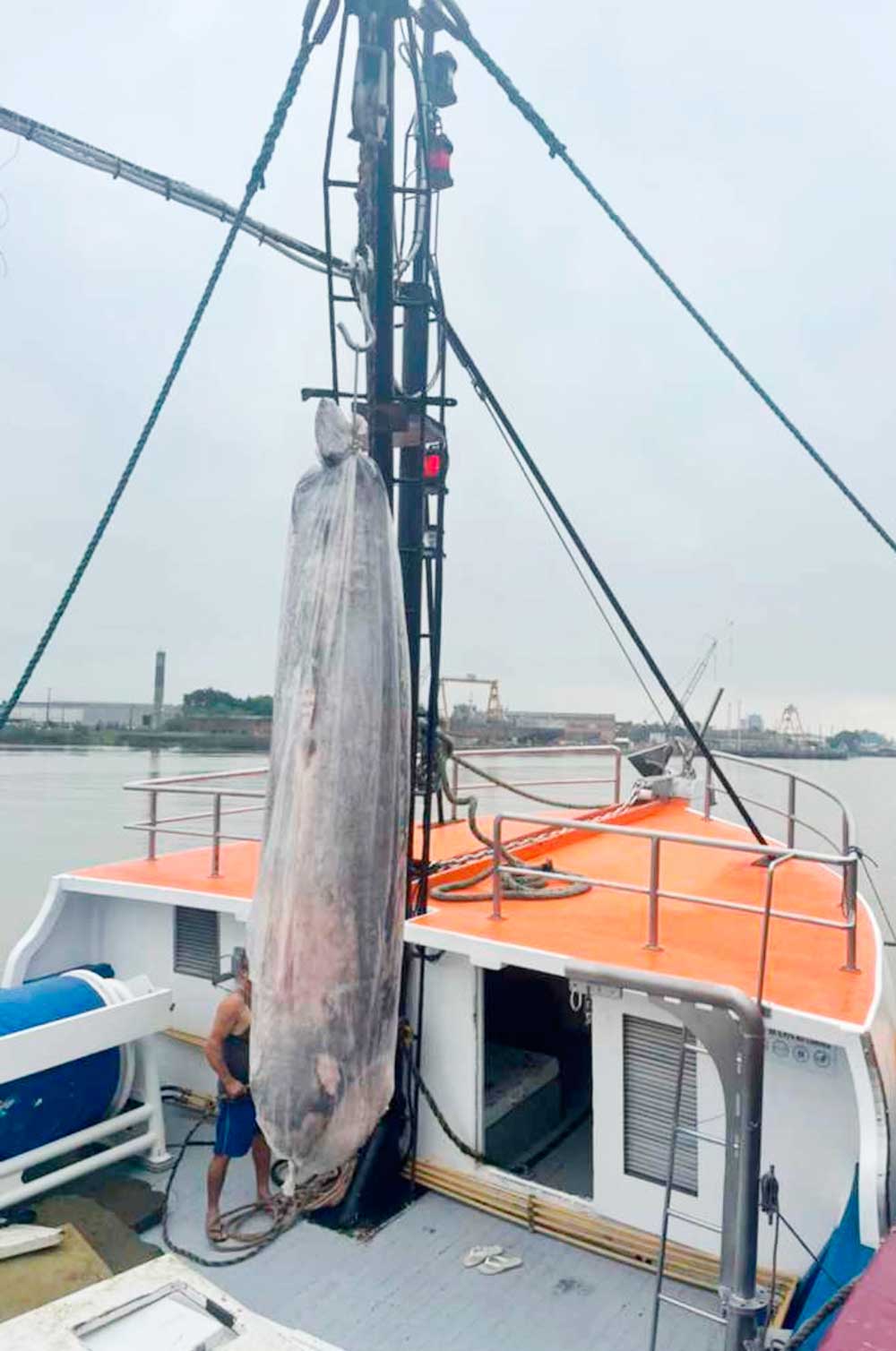

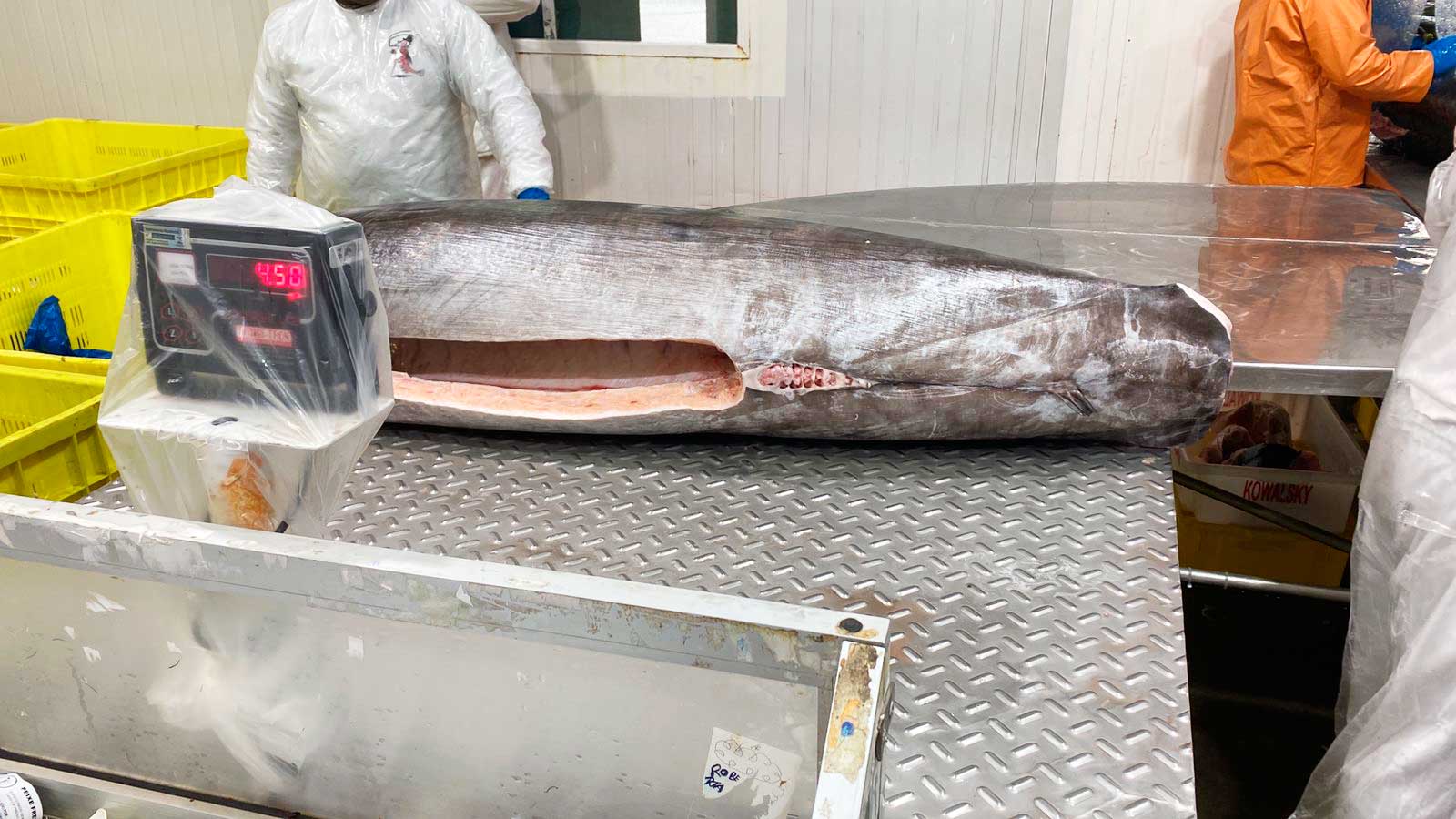
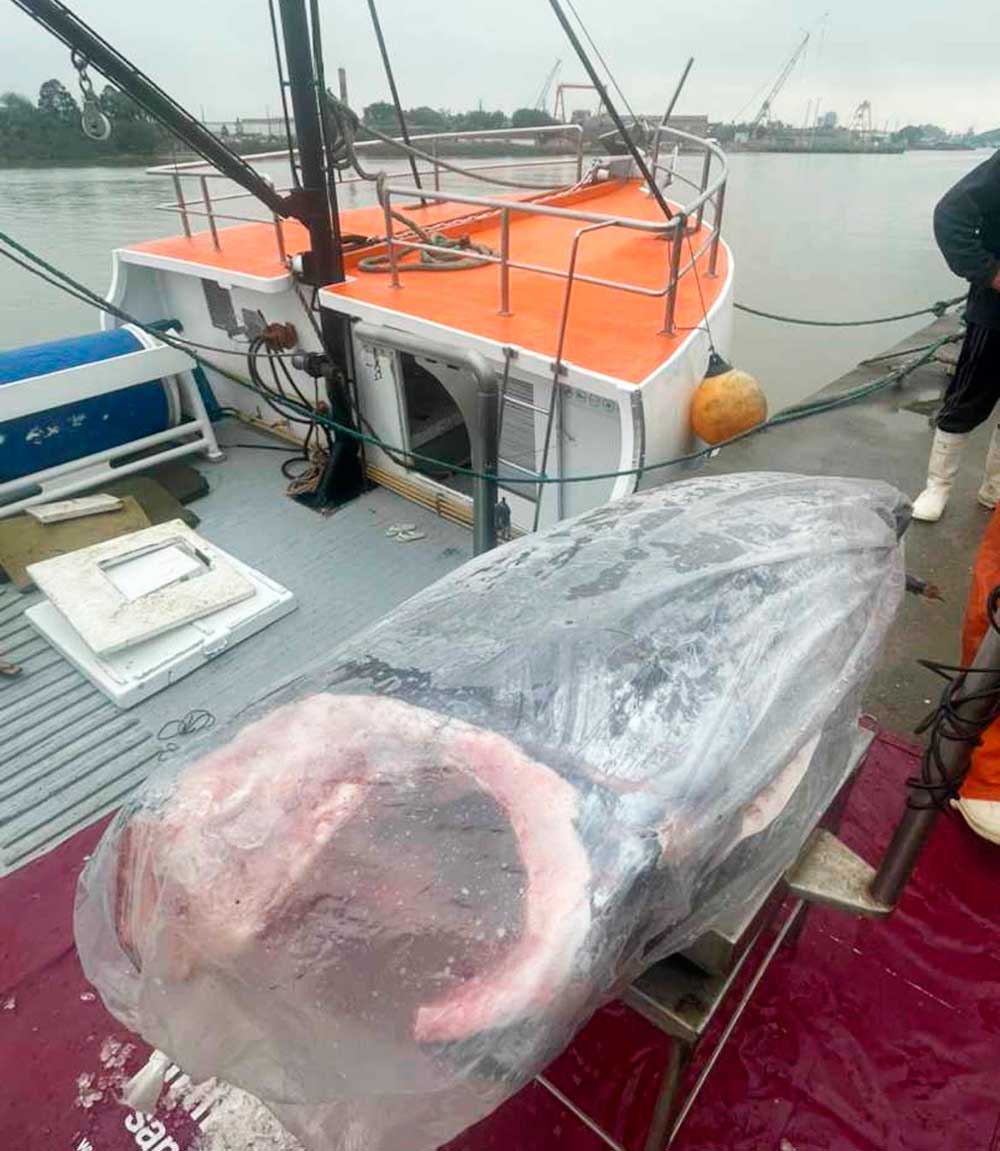
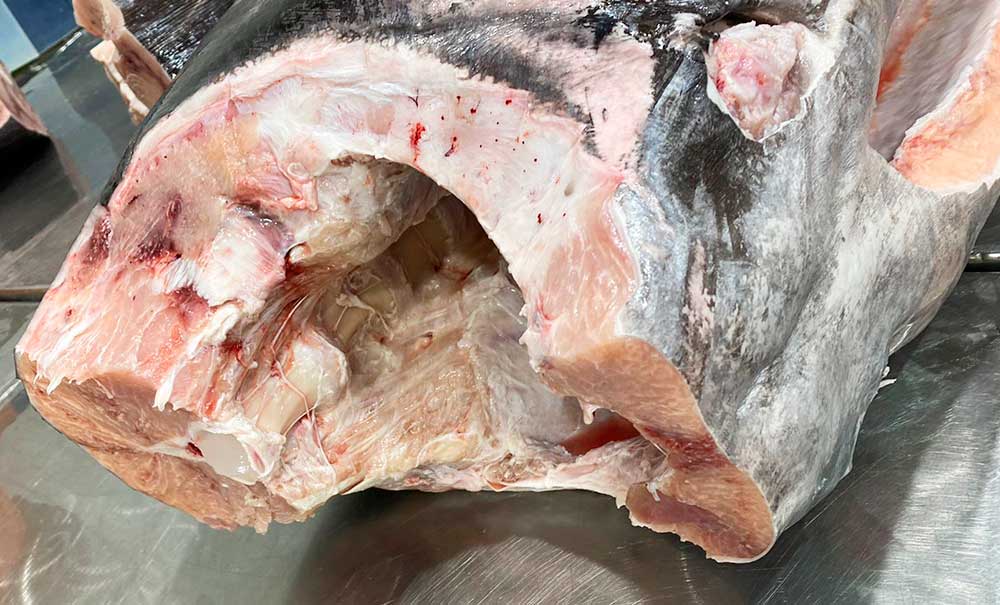
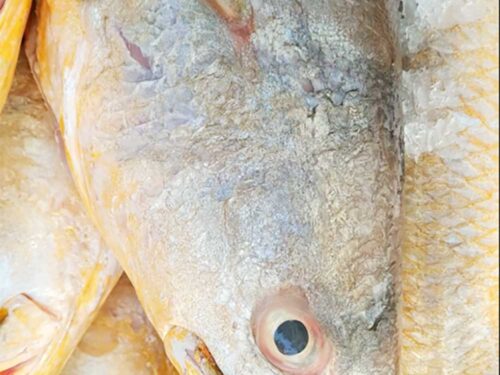
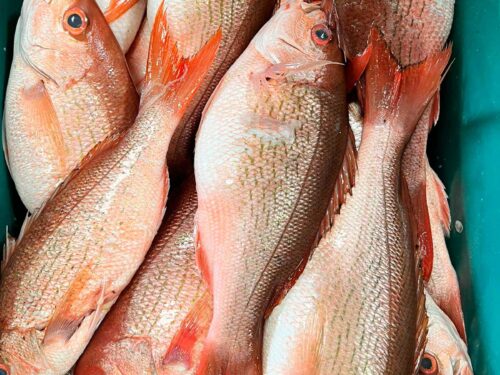
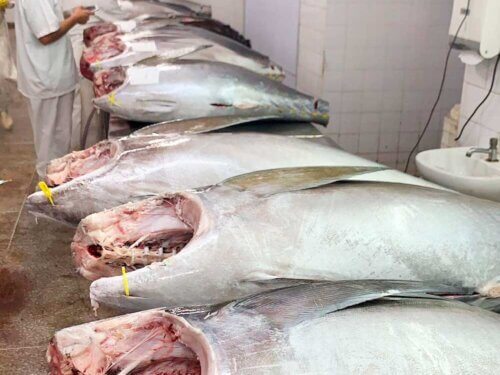
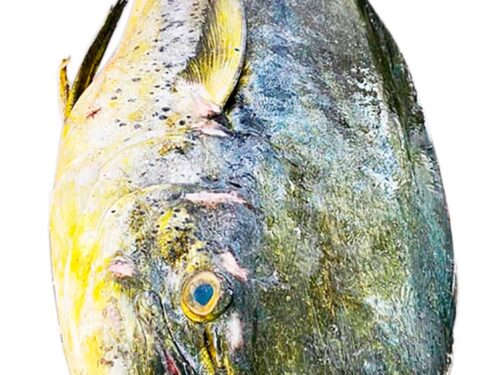
Reviews
There are no reviews yet.